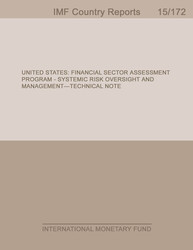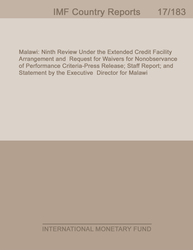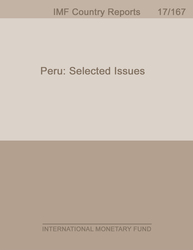
United States: Financial Sector Assessment Program-Systemic Risk Oversight and Management-Technical Notes
EXECUTIVE SUMMARY1 The importance of enhancing systemic risk oversight and building effective macroprudential tools is widely recognized. In the United States, where the financial markets display a greater degree of heterogeneity than elsewhere, and supervision and regulation are split amongst a range of specialist agencies, the need to build structures that ensure interagency sharing of information, avoid regulatory gaps, obtain a good overview of systemic risks, and develop an effective, cooperative framework to address identified threats to financial stability is particularly evident. This paper reviews those processes in the United States, as well as examining progress to address several important areas of risk which have been identified, particularly in the non-banking sector. The establishment of the Financial Stability Oversight Council (FSOC) in 2010 filled a major gap in the U.S. financial stability framework, and it is central to the regulatory response to the problems which hit the financial sector in 2007–2009.2 The Dodd Frank Act (DFA) gives the Council a range of powers that enable it to respond to emerging threats to financial stability (see Box 1).3 In practice the Council works primarily through enhanced communication, consultation, and coordination of the work of the U.S. financial regulatory agencies; the effectiveness of FSOC relies extensively on the Council's success in building and delivering a collective, common, purpose across the U.S. financial regulatory agencies to identify and address systemic risks and to work together to promote financial stability. The work which the FSOC has undertaken is welcome. However: ? The collective purpose and accountability of FSOC would be strengthened by providing to each member agency and member an explicit mandate to promote financial stability and thus to support the work of FSOC (subject to the mission and objectives of the member agencies and members). 4 ? Further actions are needed to: address data gaps; resolve remaining impediments to data sharing; support coordination and consultation on prudential standards and regulations; enhance risk monitoring frameworks; provide additional clarity on the nature and scale of identified emerging systemic threats; and strengthen the transparency and collective ownership of the actions needed to address identified risks by clarifying and publishing more specific follow-up actions, and outlining where responsibility for delivery lies, including the expected timeline for implementation and reporting of results. 1 This Technical Note was prepared in the context of the 2015 U.S. Financial Sector Assessment Program (FSAP) by Simon Gray, Deniz Igan, Nigel Jenkinson, Darryl King, Jay Surti, and Froukelien Wendt (all IMF), and Christine Sampic (Banque du France). The FSAP missions took place in two phases between October 2014 and March 2015. 2 The Council is supported by the Office of Financial Research (OFR) which has responsibility to standardize the types and formats of data and develop tools for identifying risks, as well as to perform research. 3 The DFA also provides additional authorities to certain FSOC member agencies. 4 The DFA defines an FSOC member agency as an agency represented by a voting member of the Council (DFA Section 102).
Publication date: July 2015
ISBN: 9781513518558
$18.00
Add to Cart by clicking price of the language and format you'd like to purchase
Available Languages and Formats
| English |
Prices in red indicate formats that are not yet available but are forthcoming.
Topics covered in this book
This title contains information about the following subjects.
Click on a subject if you would like to see other titles with the same subjects.
Money and Monetary Policy , International - Economics , Public Policy ,
Also of interest
Summary
Copyright © 2010 - 2024
Powered by:
AIDC



